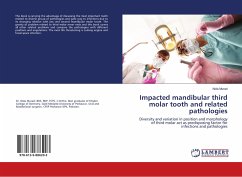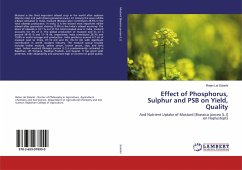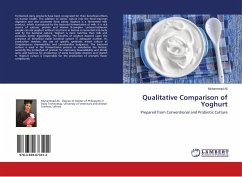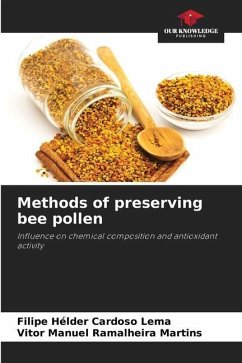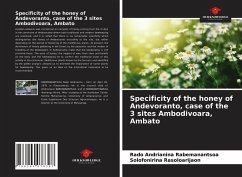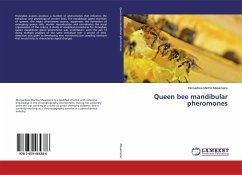
Queen bee mandibular pheromones
Versandkostenfrei!
Versandfertig in 6-10 Tagen
36,99 €
inkl. MwSt.

PAYBACK Punkte
18 °P sammeln!
Honeybee queens produce a number of pheromones that influence the behaviour and physiology of worker bees. The mandibular gland secretion of queens, the major pheromone source, suppresses the formation of emergency queen cells, worker reproduction and coordinates the social organisation of the colony. A study of analytical procedures for honeybee queen mandibular gland pheromone was undertaken, with the aim of doing multiple analyses of the same individual over a period of time. Attention was given to developing new non-destructive sampling methods that would help to characterize signal change...
Honeybee queens produce a number of pheromones that influence the behaviour and physiology of worker bees. The mandibular gland secretion of queens, the major pheromone source, suppresses the formation of emergency queen cells, worker reproduction and coordinates the social organisation of the colony. A study of analytical procedures for honeybee queen mandibular gland pheromone was undertaken, with the aim of doing multiple analyses of the same individual over a period of time. Attention was given to developing new non-destructive sampling methods that would help to characterize signal changes.



